This post may contain affiliate links. Affiliate links use cookies to track clicks and qualifying purchases for earnings. Please read my Disclosure Policy, Terms of Service, and Privacy policy for specific details.
A high quality math curriculum will have a strong scope and sequence of skills taught, provide adequate practice, be comprehensive, and be sufficiently challenging. Even the perfect math curriculum will not work perfectly with every child. If a child is having challenging behavior during math activities, you will want to consider possible causes. Yes, the child does not want to do it. But the real question is “Why?” If you ask the child, they may say, “I hate math, “I’m not good at math,” or “Math is boring.” The detective work must begin. Is the child missing any pre-requisite skills for completing the task? Is the amount of work required too much for their attention span? Does the child experience hand fatigue from writing? Is the curriculum you are using appropriate? Is the issue a result of not knowing math facts? Consider using one or more of the following math adaptations to help the child make progress.
Math Adaptations
1) Use an Abacus
An abacus is a manipulative that can be used to make math calculations. It consists of sets of 10 rows of beads. Not all abacuses are created equal. Most have the same color bead on each row. The abacus I purchased and use splits each row into two colors. This way, groups of 5 beads are easy to recognize. In fact, any number configuration is easier to recognize when organized in this manner.
 2) Use a Calculator
2) Use a Calculator
As I have already written extensively on calculator use, I will briefly summarize here. If the purpose of the activity is to learn math facts or other basic computation processes, then you probably want to avoid using a calculator. A calculator may be appropriate in all other situations. For further explanation, click here.
3) Use Touch Points on Math Problems
Touch Math uses consistent visual points on the numbers. Children can add, subtract, and multiply using touch points. In order to use touch math with another curriculum, just draw the tough points on the number as needed. Click here for a detailed explanation on using and fading out touch points.
4) Change the Presentation
There are a few ways to do this. For some children, too many problems on a math page may be overwhelming. You can:
-
-
- Cut the math page into sections and give the child one section at a time.
- Give the child a few problems at a time to complete on a white board.
- Give the child a set of manipulative and present each math problem orally. CLICK HERE to read about my must-have math manipulatives for grades K-3.
-
5) Change the Requirements
For some children, 20, 30, or 40 minutes of math class is too much. It is okay to spend less time, as long as the child is making adequate progress. If more practice is needed, spread short math activities throughout the day. Here are some ways to shorten the requirements:
- Cut off a smaller section for the child to complete.
- Select a few practice problems for the child to complete and box them on the page.
- Copy several problems from the original onto notebook paper.
In addition, not all children will need to complete 20 math practice problems in one session to master a skill. The skill is actually more likely to go into their long term memory with shorter practice sessions over the course of several days. Mastered content should also be reviewed regularly.
Summary
Math adaptations will provide a way for a child to access a high quality math curriculum. Consider possible reasons why a child is struggling. If the child is being instructed at an appropriate level, consider making adaptations to the curriculum. The adaptation will serve as a way for the child to access and make progress in the math curriculum through accommodations and modifications.








